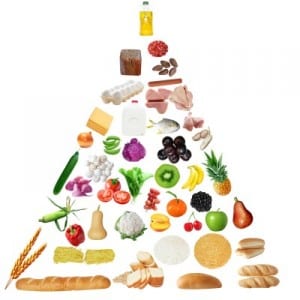
An allergic reaction to a certain food can affect a child’s respiratory system, the gastrointestinal tract, skin or cardiovascular system. Food allergies can be a very dangerous issue for children as it can affect the body very strongly. In some cases, food allergies can even lead to death if not treated quickly. Children may experience a host of symptoms to their food allergies, including tingling sensation in the mouth, swelling of the tongue and the throat, sneezing, difficulty breathing, hives, vomiting, abdominal cramps, diarrhea, drop in blood pressure, and loss of consciousness. Getting help quickly when a food allergy appears is critically important.
There are 8 foods that account for 90 percent of the food allergies seen in children. These include: peanuts, shellfish, fish, tree nuts, eggs, milk, soy and wheat. These foods make up the majority of food allergies that parents will see.
A food allergy is caused when the body misinterprets certain foods. The body sees the food as an invader and releases chemicals called histamine in an attempt to protect itself. Unfortunately, these chemicals are what causes the allergic reaction seen. Sometimes as little as one bite can be enough to trigger a sever reaction in a person.
The only real protection against these reactions is for the child to completely avoid the particular food that he has an allergy of. This can mean parents need to read food labels carefully to make sure there is no trace amounts of these foods in the product. Some foods are made in the same building as foods featuring these ingredients, which can be enough to cause a reaction in children.
For some children, they will outgrow their food allergies by the time they reach adulthood. Allergies to milk, soy, egg and wheat tend to become less sever as a child grows, decreasing the negative effects they may have. Only about 2 percent of children continue their allergies into adulthood.
Understanding and watching out for food allergies is something all parents should do. You can never know when a new allergy may appear from a previously untried food. Parents should be on the look out for the signs of food allergies and be aware of the foods that most trigger them. – Summer, staff writer
Related Articles:
- Parents Protest Student With Severe Peanut Allergy
- AAP Issues New Child Seat Guidelines For Toddlers
- Selma Blair Talks Pregnancy Cravings






